We may earn money or products from the companies mentioned in this post. This means if you click on the link and purchase the item, I will receive a small commission at no extra cost to you ... you're just helping re-supply our family's travel fund.

Fried fish is one of those American comfort foods that feels harmless at first glance, yet many restaurant chains turn it into a nutritional trap without customers realizing it. Thick breading, oversized fillets, and high-salt seasoning mixes often push meals far beyond reasonable limits. Even dishes marketed as “light seafood options” can contain more calories and sodium than a burger. These issues become clearer once you look at the portion sizes, prep methods, and real numbers behind each chain’s fan-favorite fried fish.
1. Long John Silver’s

Long John Silver’s fried fish may look airy, but the batter often absorbs large amounts of oil, making a single fillet surprisingly heavy. A typical portion can exceed 380 calories and contains more than 1,000 mg of sodium, especially when paired with sides. The chain’s long-standing prep style hasn’t changed much since it opened in 1969, and many locations still serve meals to roughly 45 seats with an average wait of 8 minutes. These numbers make its fish less innocent than the crispy coating suggests.
2. Captain D’s

Captain D’s markets its fish as freshly prepared, yet its classic fried fillets regularly cross 400 calories per piece, partly due to a dense batter that holds more oil than diners expect. Sodium levels typically sit near 900 mg, which climbs quickly when combo plates are ordered. Since its start in 1969, the chain has grown while keeping a casual dining setup of about 50 seats and an average wait time of 7 minutes. The nutritional load often surprises customers who assume seafood is automatically a healthier choice.
3. Culver’s

Culver’s cod dinners are famous for their size, but one deep-fried fillet often reaches 500 calories, thanks to a thick breading that traps oil beneath the crisp exterior. Sodium averages around 1,100 mg per serving, and pairing with fries or cheese curds can push totals dramatically higher. Founded in 1984, most locations have around 70 seats and an average wait of 10 minutes. The combination of generous servings and heavy frying makes its fish delicious but far from light.
4. Red Lobster
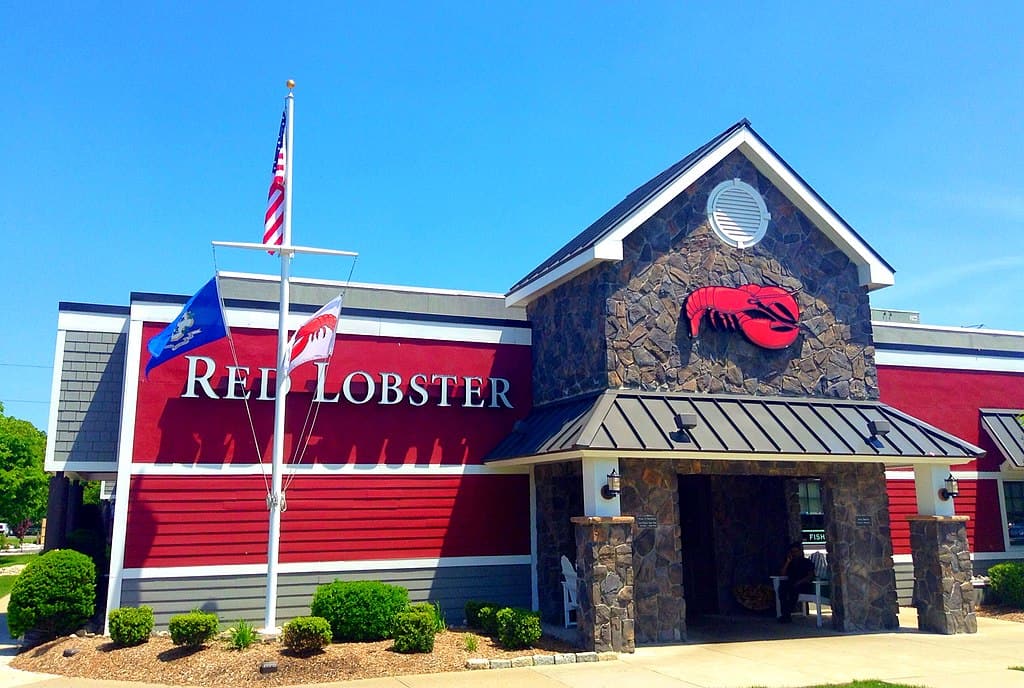
Red Lobster positions itself as a seafood-forward restaurant, yet its fried fish options tend to be among the richest on the menu. A typical portion lands near 520 calories with 1,200 mg of sodium, boosted by seasoning blends and sizable fillets. Add popular sides and the totals climb even further. Since opening in 1968, restaurants often carry about 150 seats and average a 15-minute wait. The dishes feel indulgent, but many diners underestimate how quickly the nutritional numbers escalate.
5. Cracker Barrel

Cracker Barrel’s country-style fried fish brings nostalgia, but its hearty preparation results in meals that frequently exceed 480 calories per fillet and around 1,050 mg of sodium. The thick crust and generous serving size make it heavier than expected, especially when matched with sides. With origins in 1969, most locations seat roughly 120 guests and have an average wait of 12 minutes. The home-cooked appeal masks a dish that’s far richer than its simple look suggests.
6. Applebee’s
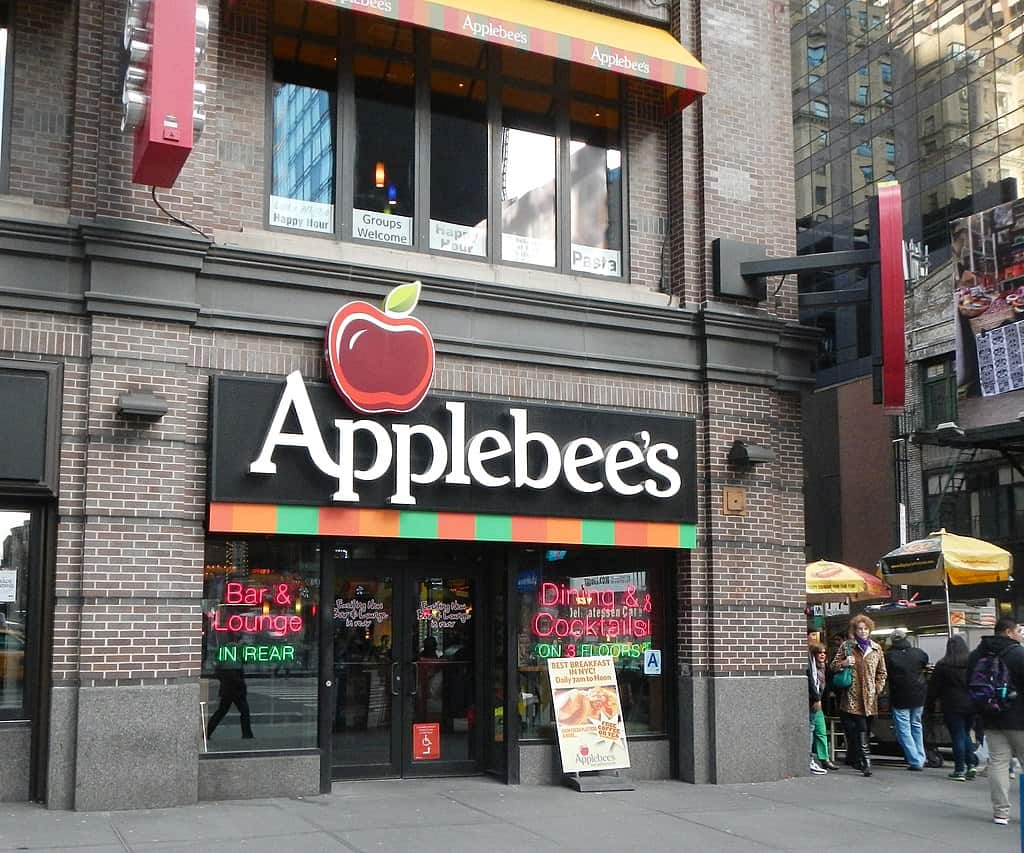
Applebee’s fried fish plates might appear lighter, but their hand-battered coating typically leads to servings around 460 calories with 1,000 mg of sodium. The fillets are sizable, and customers often add fries or slaw that push totals upward. Since 1980, Applebee’s restaurants generally offer around 150 seats and average 12-minute waits. Though the meal feels casual and familiar, the numbers reveal a dish that’s heavier than many diners realize.
7. Chili’s
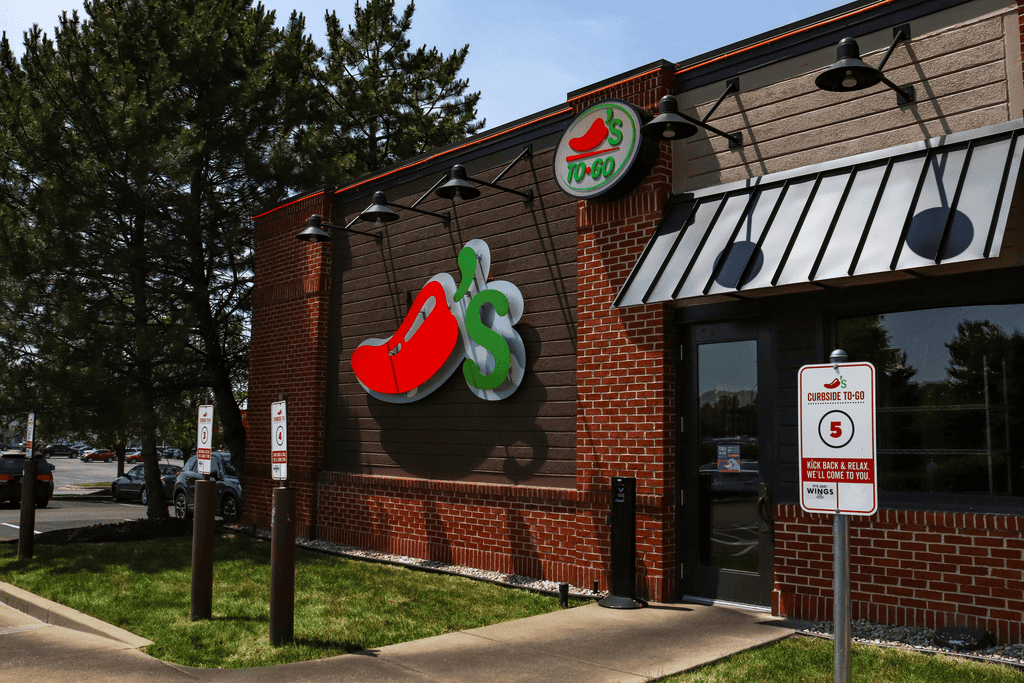
Chili’s fried fish tends to be richly seasoned, and that extra flavor comes with calories, often around 470 per fillet, plus approximately 1,080 mg of sodium. The chain’s bold batter style absorbs more oil, and pairing the fish with fries intensifies the overall impact. Founded in 1975, most locations feature nearly 140 seats and see an average wait of 10 minutes. Despite the friendly atmosphere, the nutritional profile makes this dish a surprisingly indulgent choice.
8. Buffalo Wild Wings

Buffalo Wild Wings isn’t just about wings, its fish baskets deliver more heft than expected. A single serving can reach 520 calories and contains about 1,200 mg of sodium, particularly when dipped in sauces. The fish is fully breaded and fried at high heat, locking in more oil. Operating since 1982, most restaurants hold around 160 seats with a 14-minute average wait. The combination of batter, sauces, and sides turns this meal into a nutritional surprise.
9. Raising Cane’s
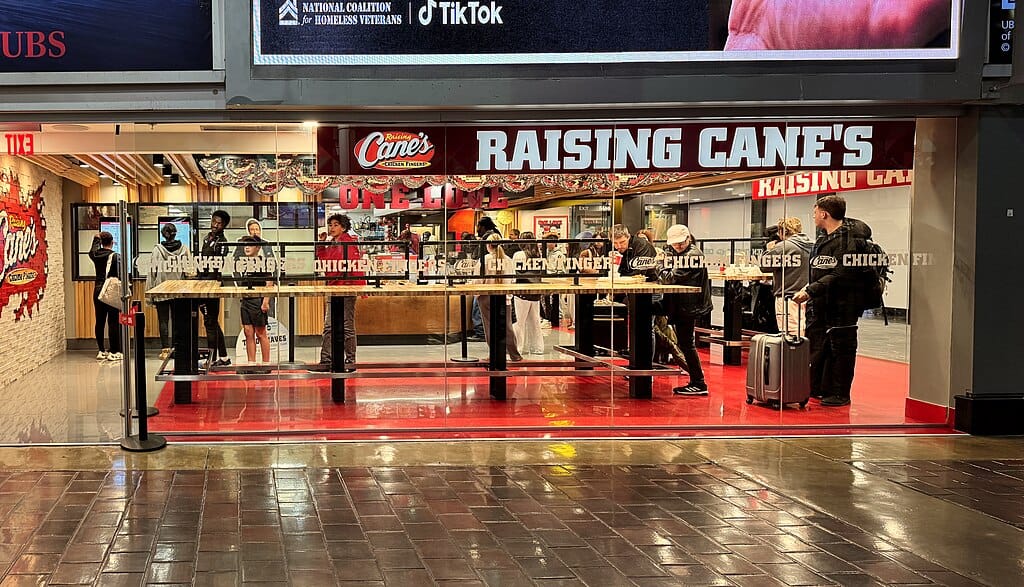
Raising Cane’s occasional fried fish offerings mimic the chain’s chicken style, meaning thick, crunchy coatings and oil retention. A typical serving nears 450 calories with roughly 950 mg of sodium, even before adding toast or fries. Launched in 1996, most locations seat about 60 people and have quick 6-minute waits. The simple menu style makes the dish appealing, but the numbers show it lands heavier than its straightforward presentation implies.
10. Popeyes

Popeyes delivers major flavor with its fried fish, yet each fillet usually reaches 500 calories and includes nearly 1,150 mg of sodium due to the chain’s bold spices and dense batter. Combo meals often drive the total much higher. Since opening in 1972, most locations offer around 50 seats and keep an average wait of 7 minutes. Although the fish tastes vibrant and crisp, it’s far richer than many customers anticipate.
11. Checkers & Rally’s

Checkers and Rally’s fish sandwiches use a strong seasoning blend and thick crust that push a single serving to around 480 calories with 1,100 mg of sodium. Their frying style locks in oil, and pairing with seasoned fries amplifies the load. Founded in 1986, these drive-in-style spots typically provide minimal seating and average 5-minute waits. The bold flavors hide a nutritional hit that’s easy to overlook.
12. Dairy Queen
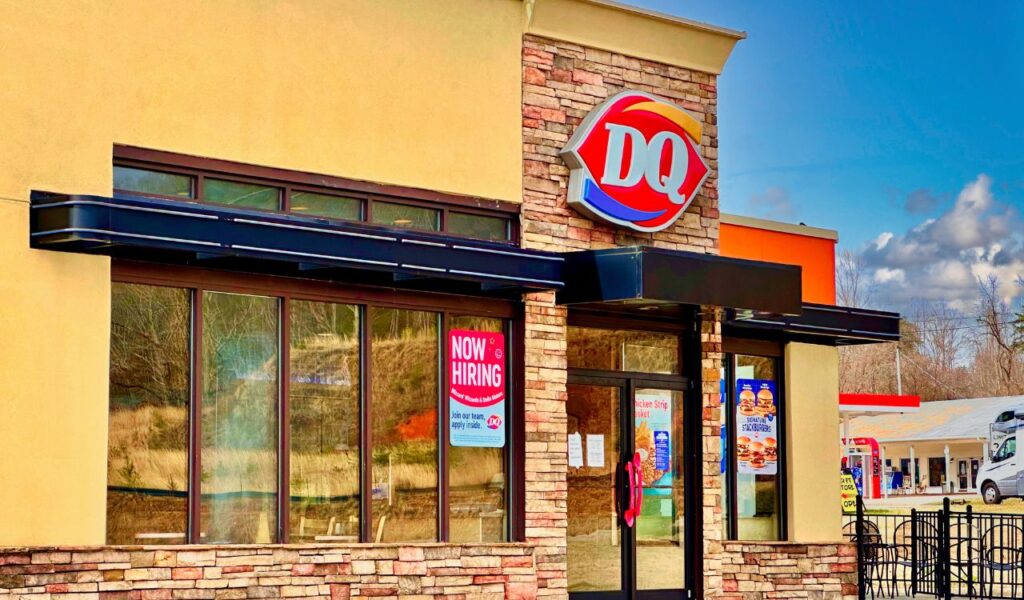
Dairy Queen’s fried fish is crispy and quick to order, but each basket often contains around 460 calories and roughly 1,000 mg of sodium, especially when served with fries and toast. The breading absorbs more oil than its light appearance suggests. First opened in 1940, DQ restaurants vary widely in seating but average short 6-minute waits. The chain’s ice-cream identity sometimes distracts from how heavy its fried seafood choices can be.